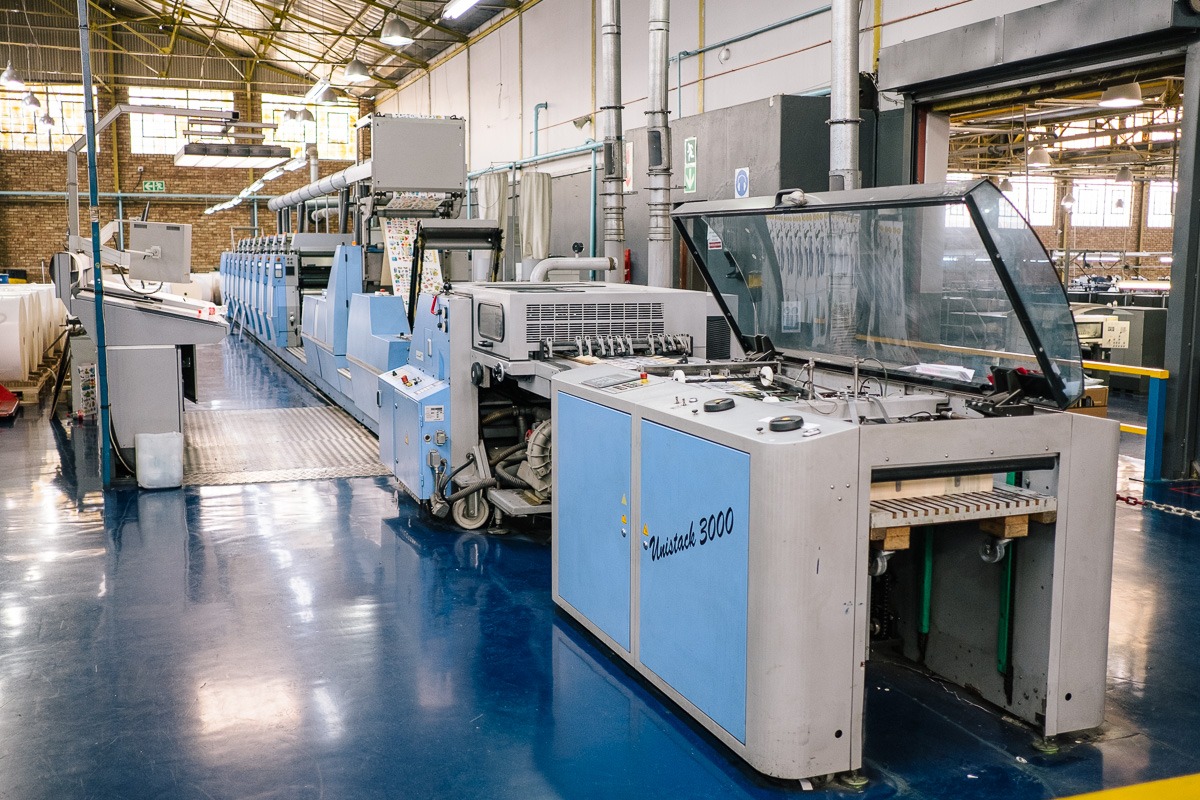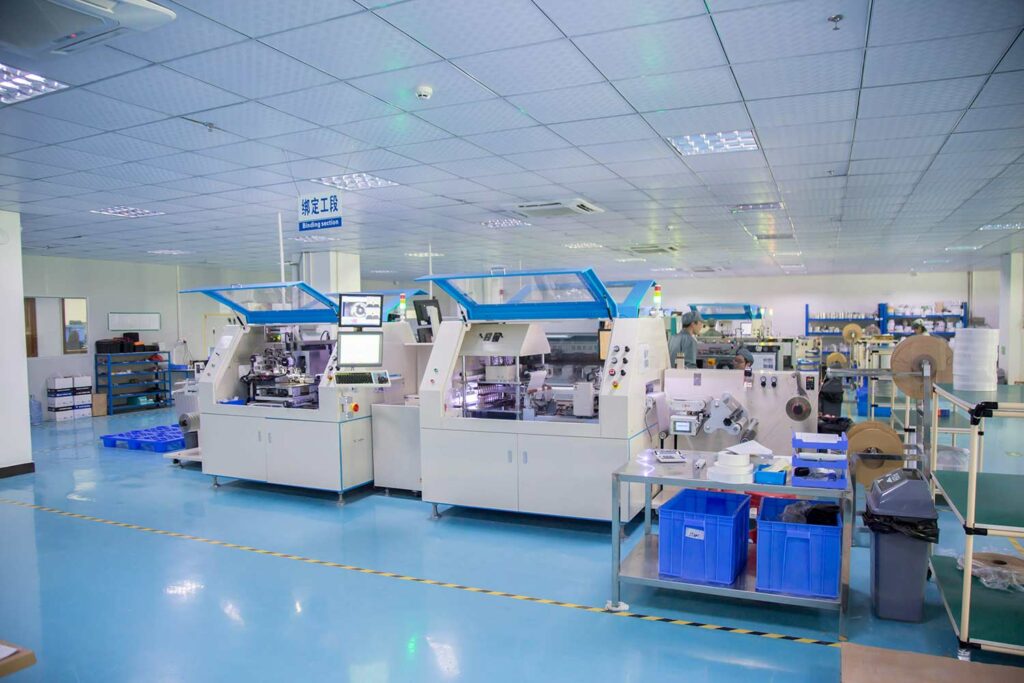In today’s fast-paced world, the threat of counterfeiting has become a significant concern for businesses and consumers alike. With the advent of new technologies, the landscape of security printing is rapidly evolving. One of the most promising developments in this field is the integration of AI in anti counterfeit printing. By harnessing the power of artificial intelligence, industries are revolutionizing how they address the challenges of counterfeiting.
Counterfeiting not only results in financial losses but also damages brand reputation and endangers consumer safety. As businesses seek more robust solutions, the role of AI in enhancing anti-counterfeit measures is becoming increasingly crucial. This article delves into how AI is transforming anti-counterfeit printing, offering innovative solutions to combat this persistent threat.

The Rise of AI in Anti Counterfeit Printing
The integration of AI into anti counterfeit printing is a relatively new phenomenon but has quickly gained traction due to its potential to revolutionize security measures. By leveraging machine learning algorithms, AI can identify and analyze patterns that are often too complex for human detection. This ability to process vast amounts of data with precision is what sets AI apart as a formidable tool in the fight against counterfeiting.
Understanding AI’s Role
Artificial Intelligence has the capacity to enhance traditional printing methods by adding layers of security that are difficult to replicate. For instance, AI can be utilized to create complex security designs that are unique to each print, making it exceedingly difficult for counterfeiters to copy. Furthermore, AI systems are capable of real-time authentication, ensuring that products are consistently verified throughout the supply chain.
Key Technologies in AI-Driven Anti Counterfeit Printing
Several technologies under the umbrella of AI are particularly impactful in the realm of anti counterfeit printing. These include machine learning, computer vision, and neural networks, each playing a pivotal role in enhancing security features.
Machine Learning
Machine learning algorithms are at the heart of AI in anti counterfeit printing. These algorithms can analyze printing patterns and detect anomalies that may indicate counterfeiting attempts. By continuously learning from data, these systems become more adept at spotting potential threats, thereby improving over time.
Computer Vision
Computer vision technology enables systems to interpret and make decisions based on visual data. In anti counterfeit printing, this means being able to scan and verify the authenticity of printed materials with incredible accuracy. Computer vision can detect even the slightest deviations from the original design, which may suggest counterfeit activity.
Neural Networks
Neural networks mimic the human brain’s ability to process information, making them exceptionally good at recognizing complex patterns. In the context of anti counterfeit printing, neural networks can be trained to identify specific security features unique to a brand or product, thus enhancing the reliability of counterfeit detection.
Real-World Applications
The application of AI in anti counterfeit printing spans various industries, each benefiting from enhanced security measures. From pharmaceuticals to luxury goods, AI-driven solutions are being adopted to protect products and consumers alike.
Pharmaceuticals
In the pharmaceutical industry, the authenticity of products is critical. The use of AI in anti counterfeit printing ensures that medications are genuine and safe for consumption. By implementing AI technologies, companies can safeguard their supply chains and maintain consumer trust.
Luxury Goods
Counterfeiting is rampant in the luxury goods sector, where high-value items are often targeted. AI solutions provide a robust defense against counterfeiters by embedding complex security features within product packaging and labels.
To learn more about how these measures are being implemented in the luxury sector, you can visit Lithotech Security Printing.
Challenges and Considerations
While AI in anti counterfeit printing offers many benefits, there are also challenges to consider. The cost of implementing AI technologies can be significant, and companies must weigh these costs against the potential benefits. Additionally, as AI systems become more advanced, the skills required to manage and operate these systems evolve, necessitating continuous training and development.
Cost Implications
The initial investment in AI technology can be substantial, especially for small businesses. However, the long-term savings achieved through reduced counterfeiting can justify these upfront costs.
Skill Requirements
As AI technology advances, so too does the need for skilled professionals who can manage and operate these systems. Companies must invest in training and development to ensure their teams are equipped to handle these sophisticated technologies.
The Future of AI in Anti Counterfeit Printing
The future of AI in anti counterfeit printing looks promising, with continuous advancements expected to further enhance security measures. As AI technologies evolve, they will become more accessible and cost-effective, allowing even small businesses to benefit from their capabilities.
Emerging Trends
Emerging trends such as the use of blockchain technology in conjunction with AI are set to redefine the landscape of anti-counterfeit measures. Blockchain provides an additional layer of security by ensuring that all transactions and changes are recorded on an immutable ledger.
Increased Accessibility
As AI technologies become more sophisticated, they are also becoming more accessible to businesses of all sizes. This democratization of technology is expected to lead to widespread adoption across various industries.
Conclusion
In conclusion, the integration of AI in anti counterfeit printing is transforming the way industries approach security. By leveraging advanced technologies such as machine learning, computer vision, and neural networks, businesses can significantly reduce the risk of counterfeiting. Despite the challenges associated with implementing AI solutions, the benefits far outweigh the costs, making it an innovative and promising solution for the future.
For more insights into the world of anti-counterfeit printing, you can explore resources such as Auto Parts Printing and Anti-Counterfeit for Beginners.

FAQ
How does AI improve anti-counterfeit measures?
AI improves anti-counterfeit measures by utilizing advanced technologies like machine learning and computer vision to detect and prevent fraudulent activities. These systems can analyze complex patterns and authenticate products in real-time, enhancing overall security.
What industries benefit most from AI in anti counterfeit printing?
Industries such as pharmaceuticals, luxury goods, and electronics significantly benefit from AI in anti counterfeit printing due to the high value and risk associated with their products. AI technologies help ensure product authenticity and consumer safety.
Are there any challenges to implementing AI in anti counterfeit printing?
Yes, challenges include the initial costs of implementation and the need for skilled personnel to manage the technology. However, the long-term benefits of reduced counterfeiting and enhanced security often outweigh these challenges.
This article contains affiliate links. We may earn a commission at no extra cost to you.







